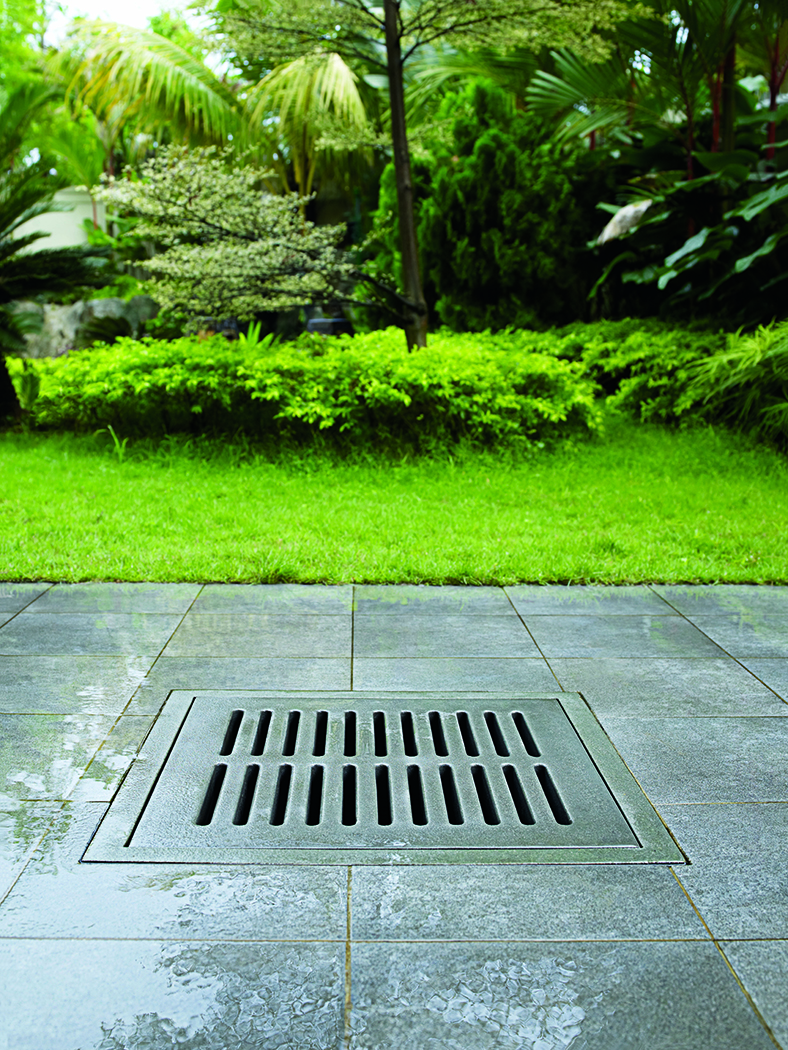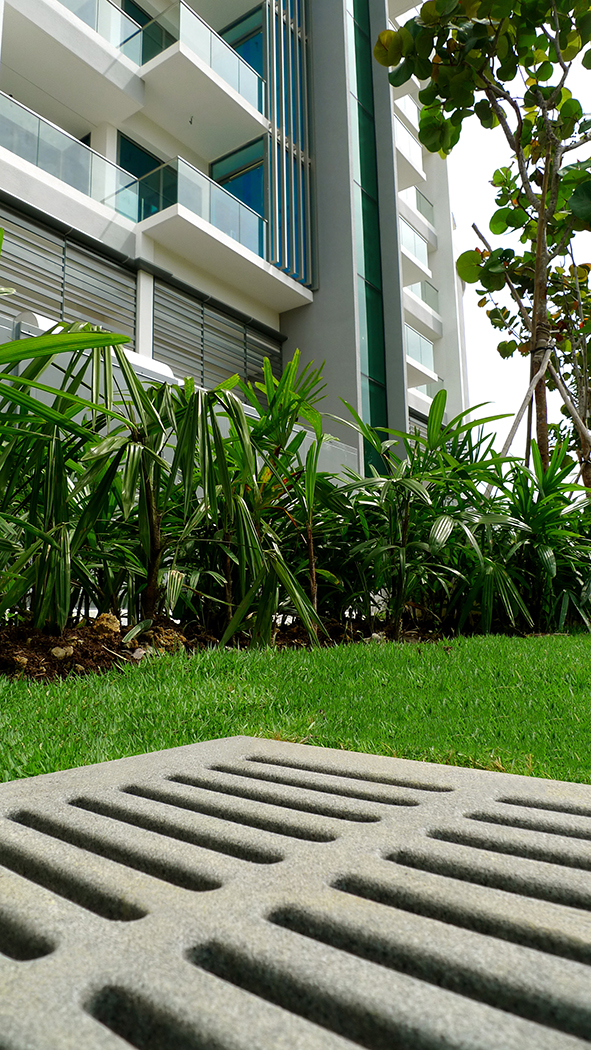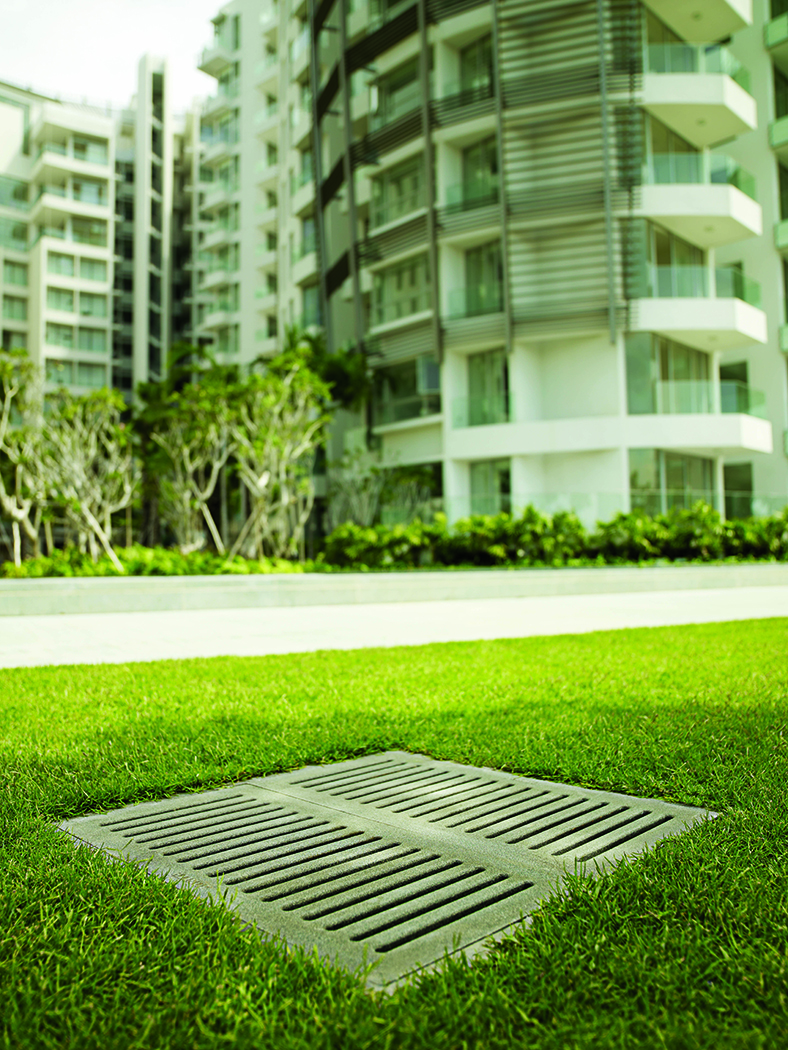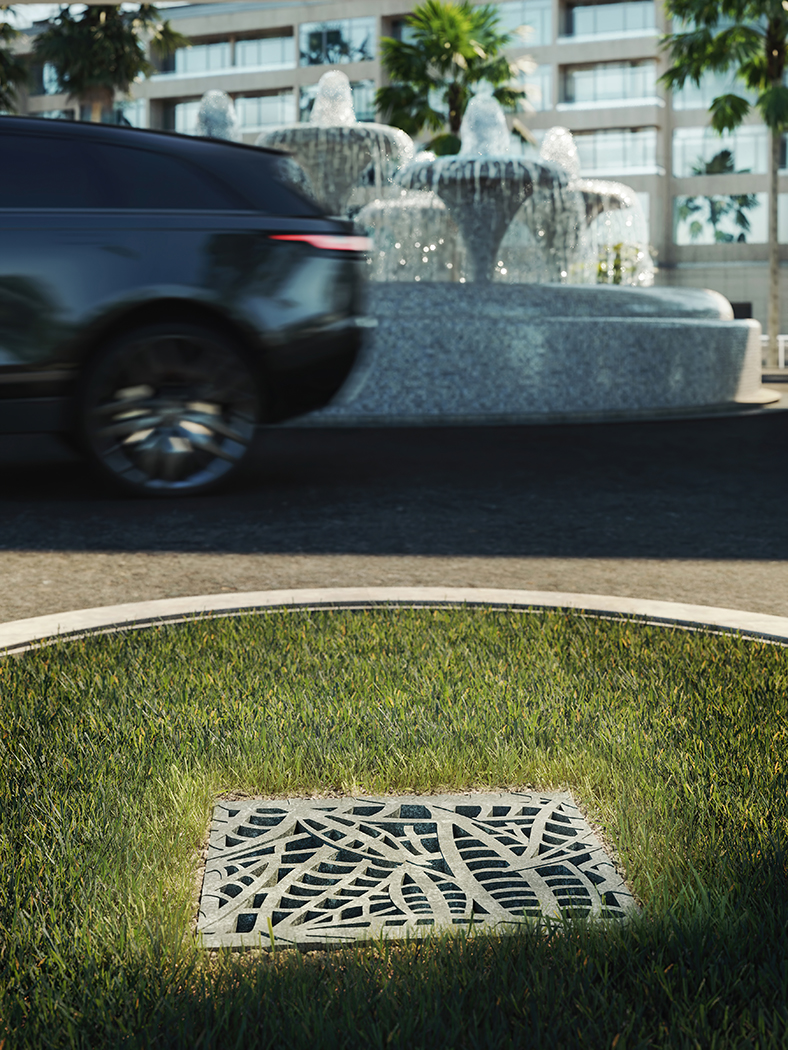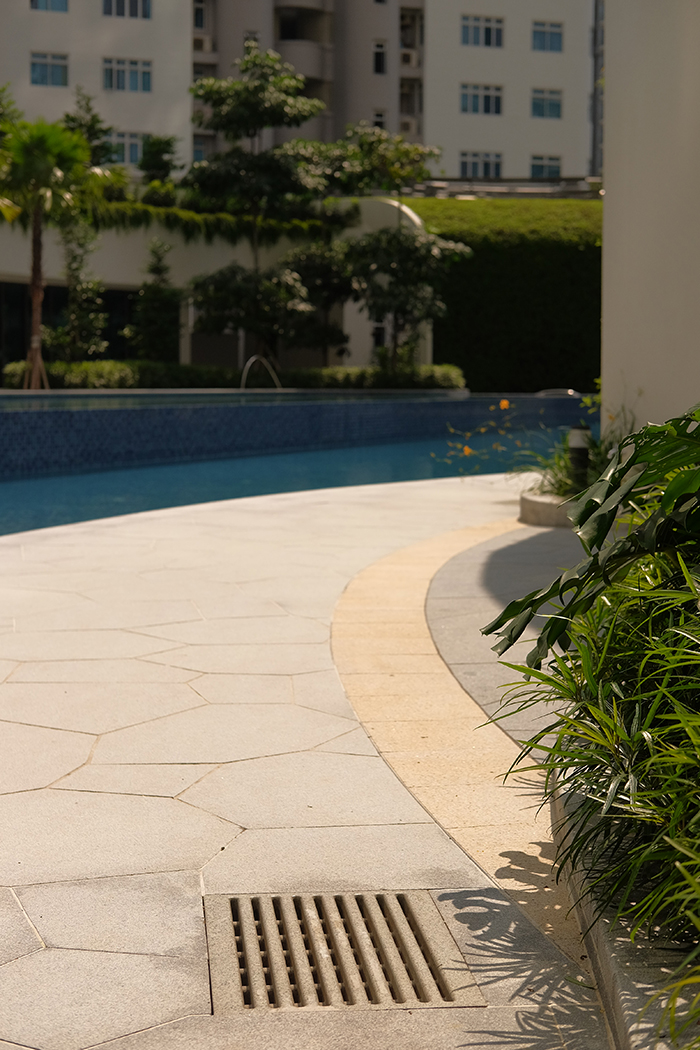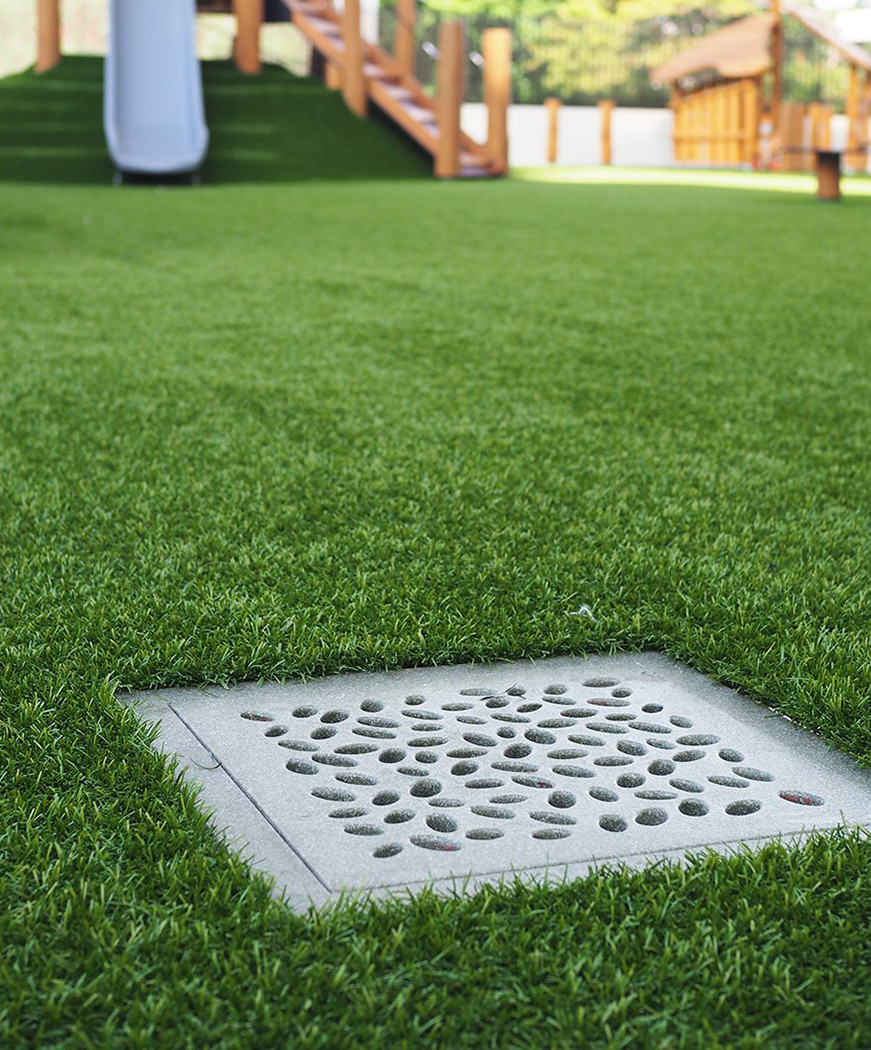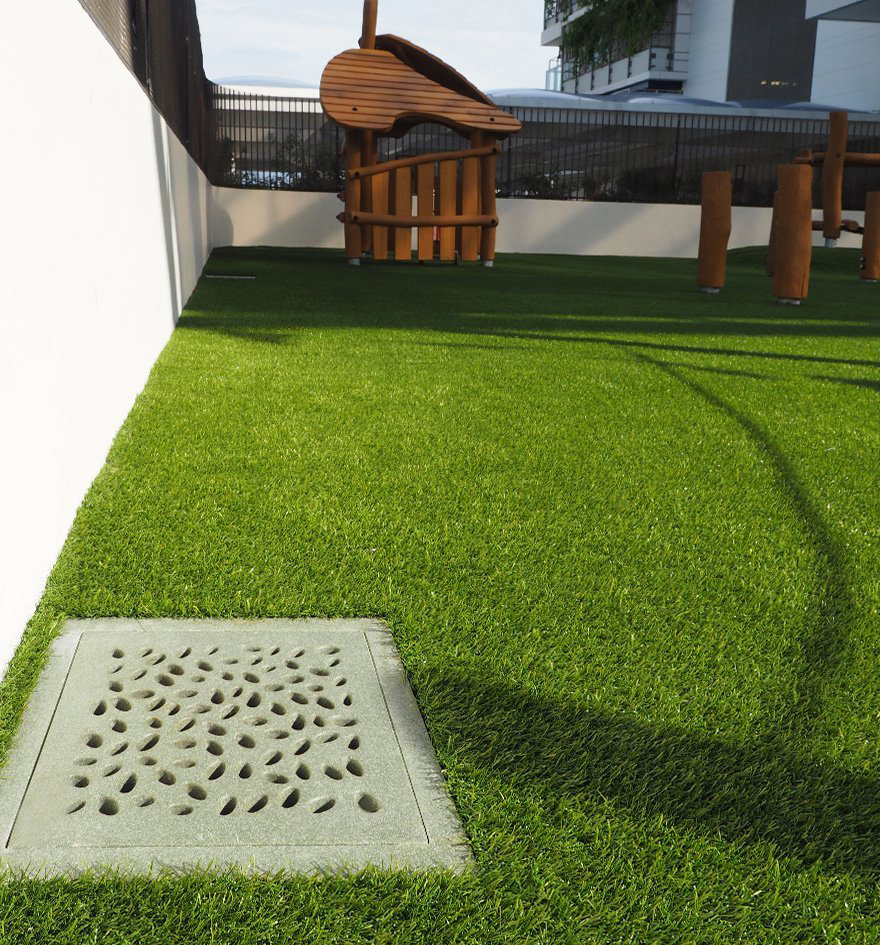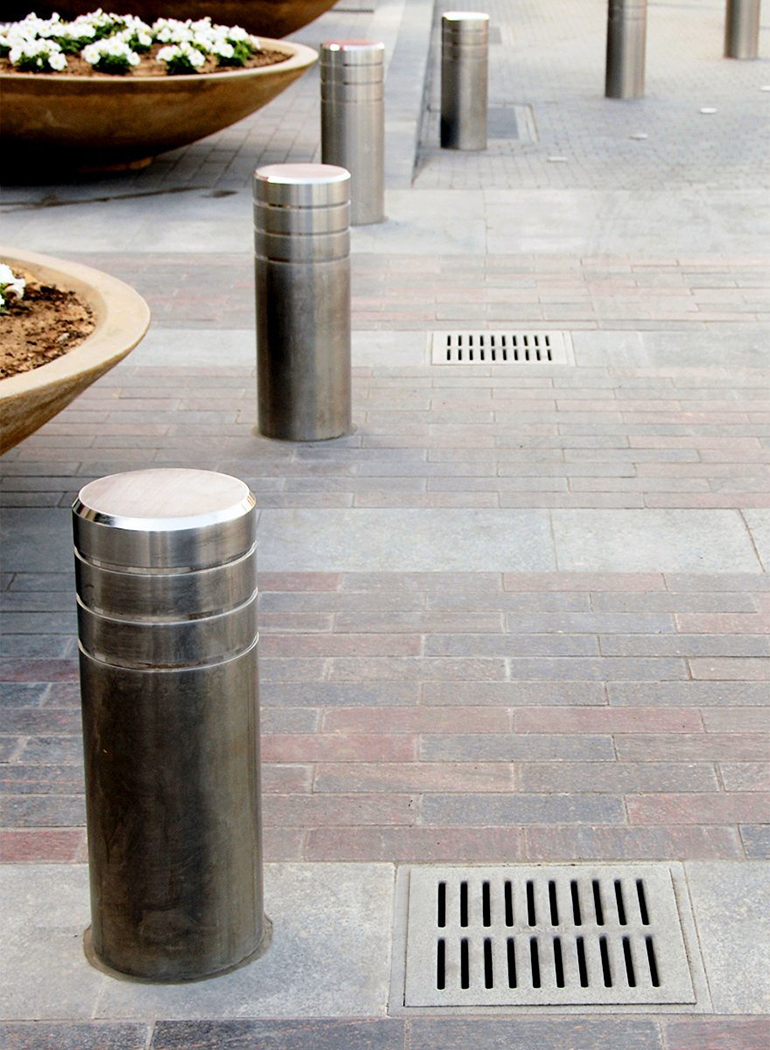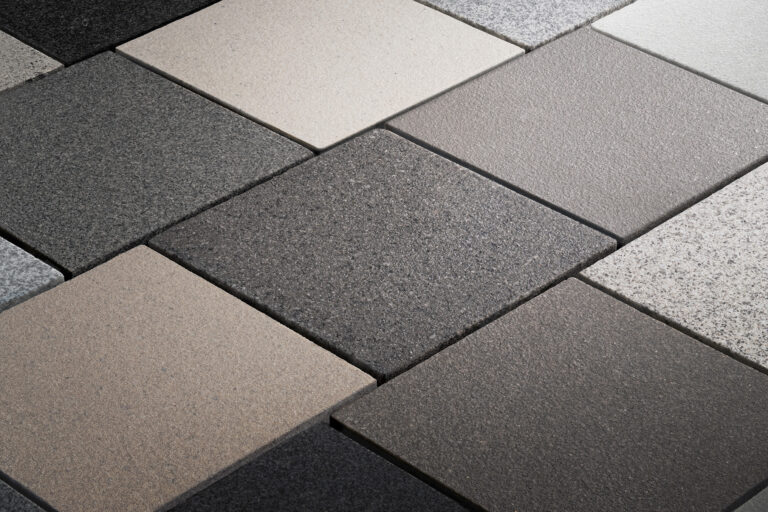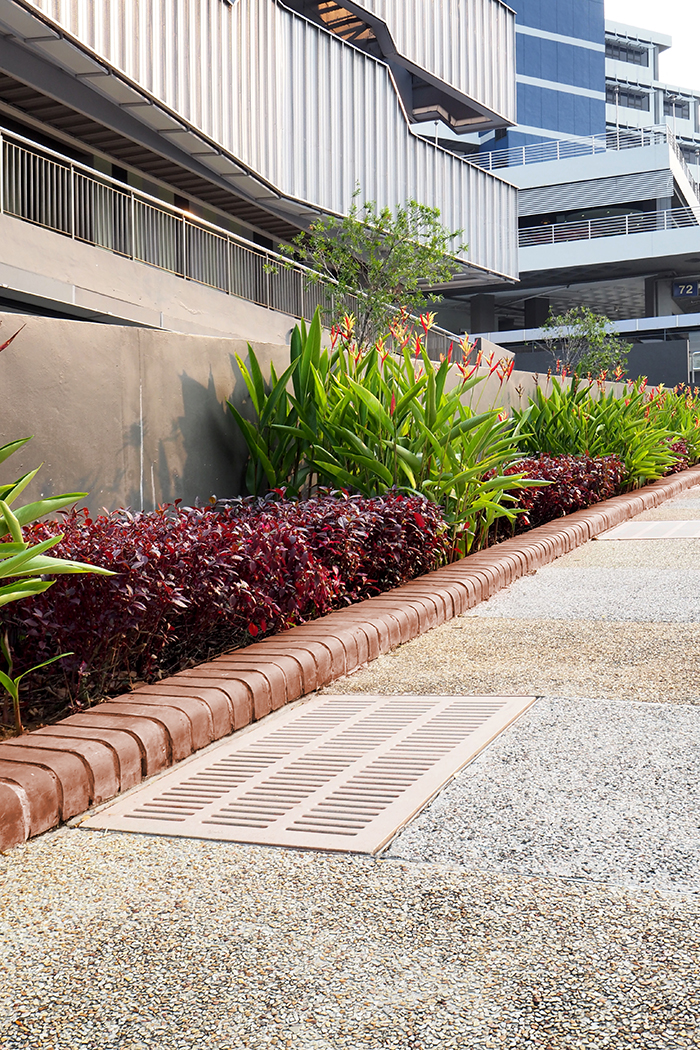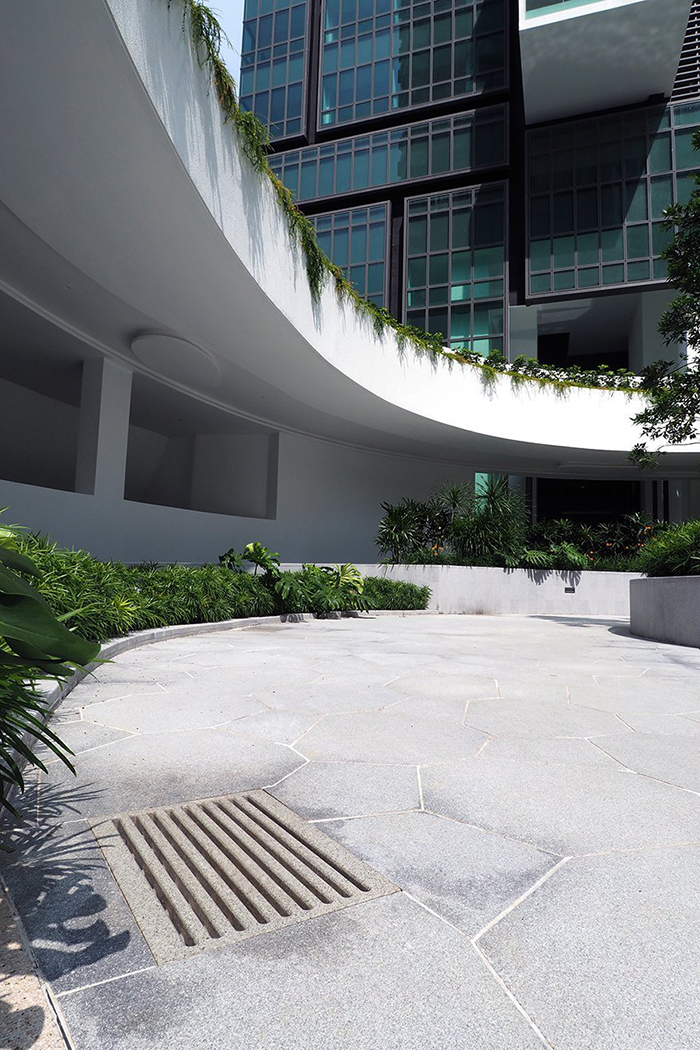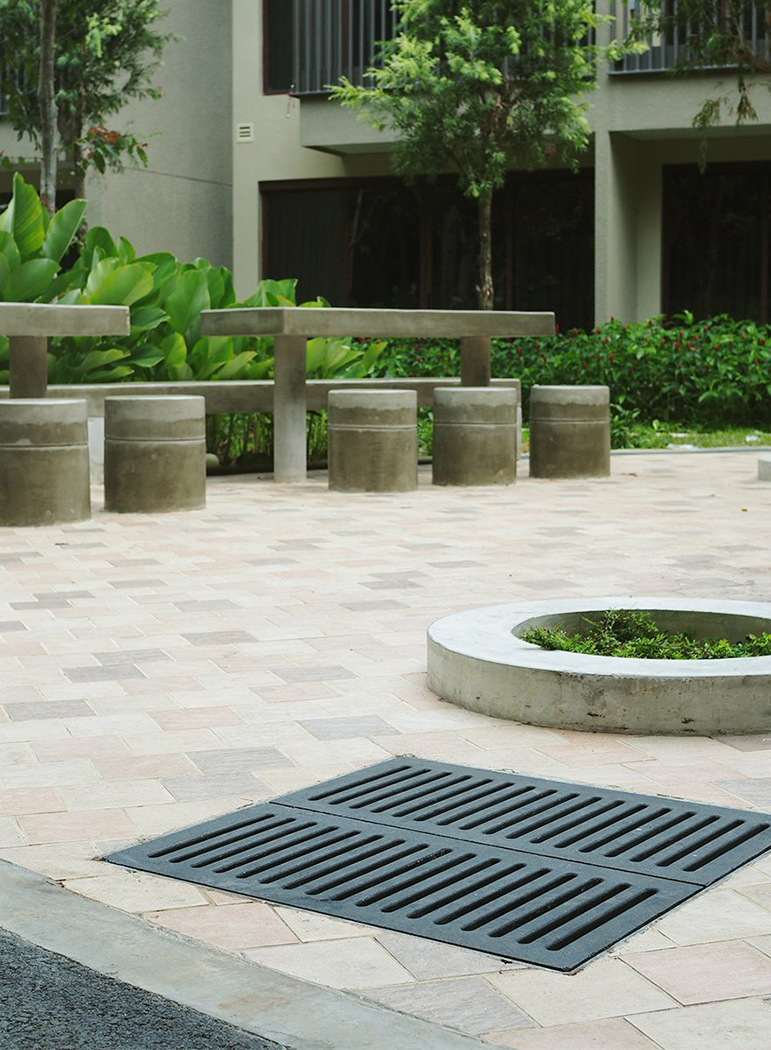Next Level Beauty and Function of Sump Covers
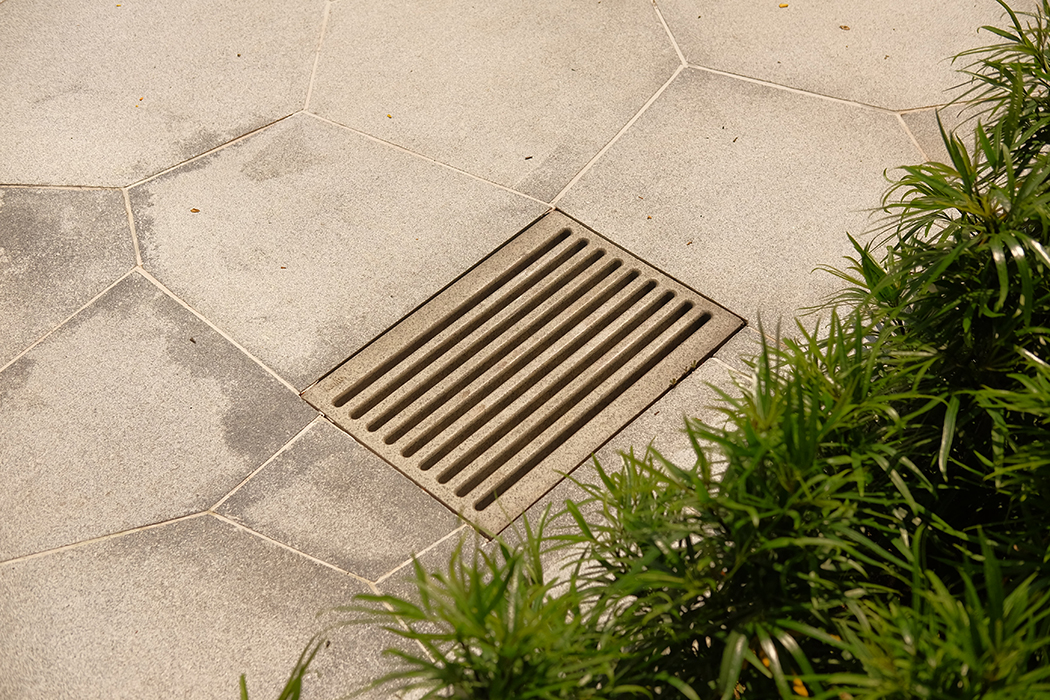
The humble sump cover, or maintenance hole cover, first began life in the Roman Empire as slabs of stone or wood placed over point drainage systems that allowed maintenance workers access to covered drains carrying wastewater and sewage.
This omnipresent sewer cover is the basis of inspiration for Jonite’s designs, in which we aim to showcase the beauty of stone with modern technology and excellent craftsmanship.
Today, point drainage systems are found everywhere in the streets, commercial factory areas, residential areas, and more. Point drains require covers to prevent environmental contamination and prevent accidental falls. With Jonite point drain covers and sump grates, architects no longer face the problem of having to place these openings in inconspicuous areas, but instead can use these catch basin grates as an additional design element.
Available Colours
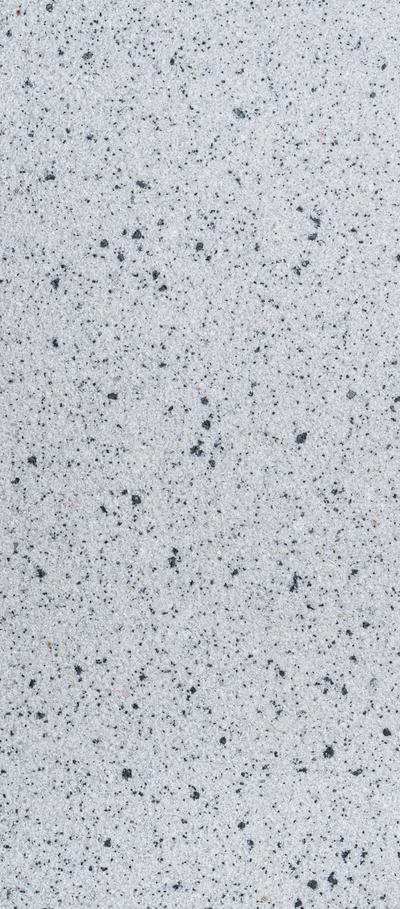
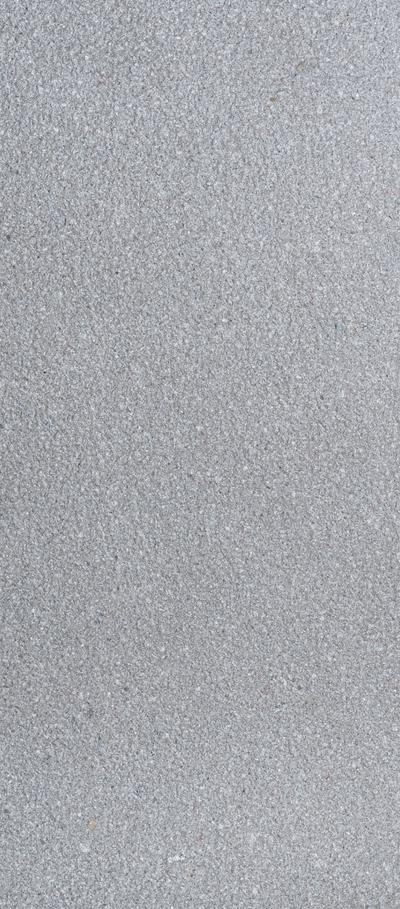
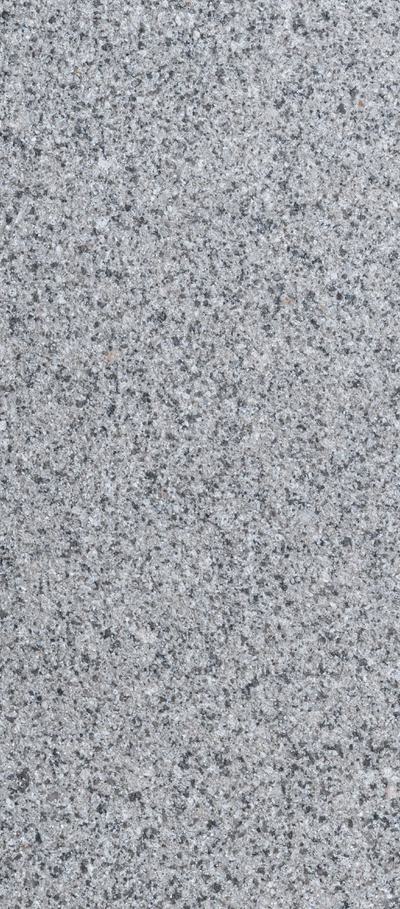
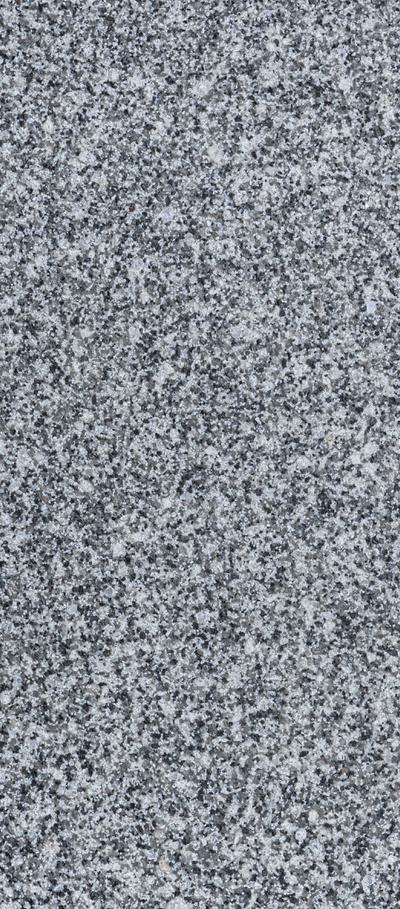
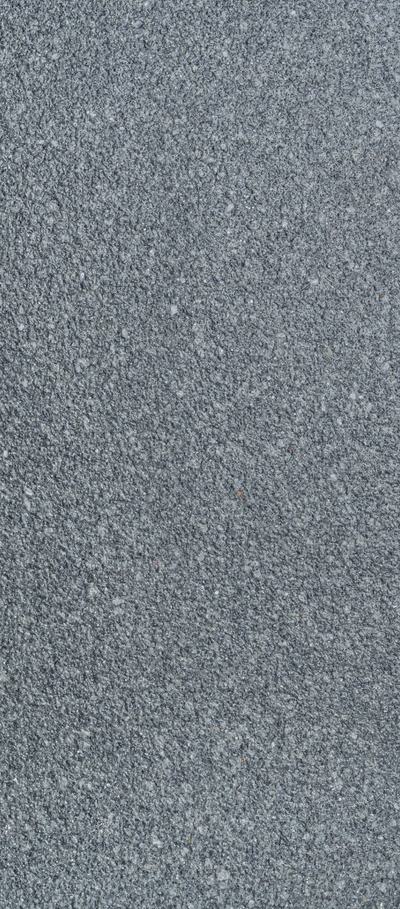
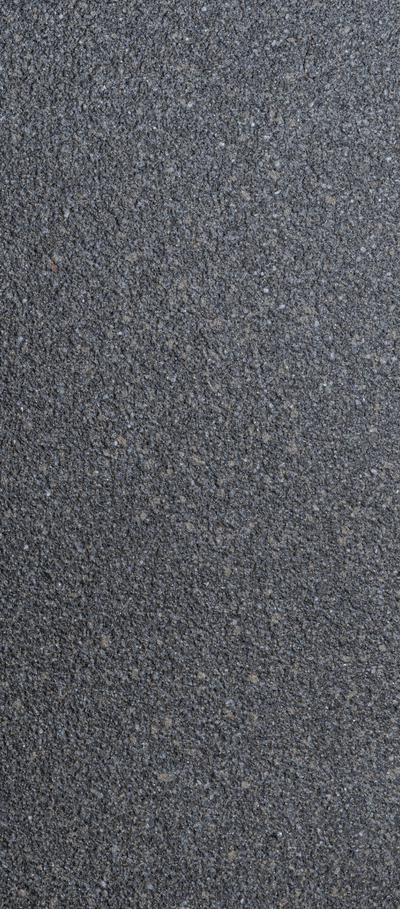
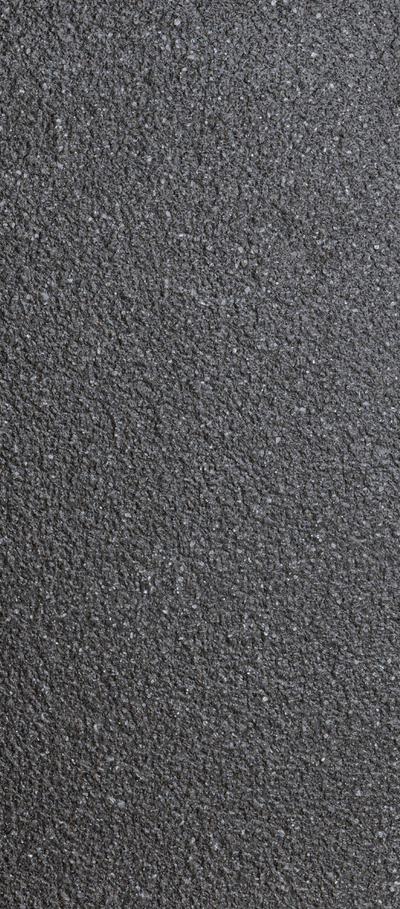
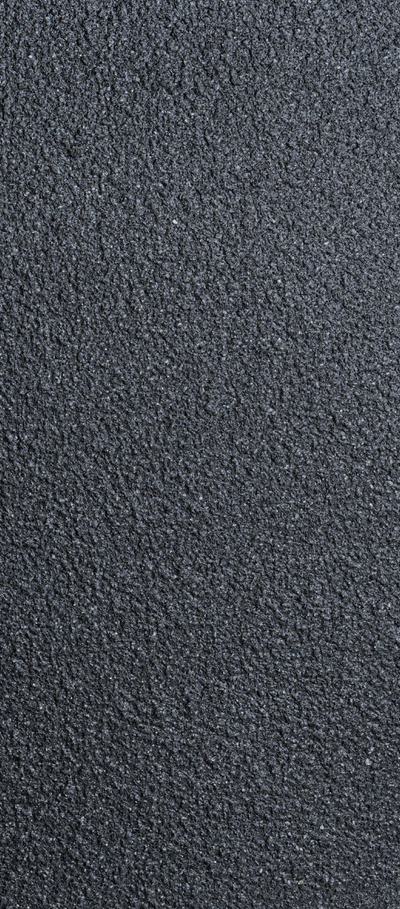
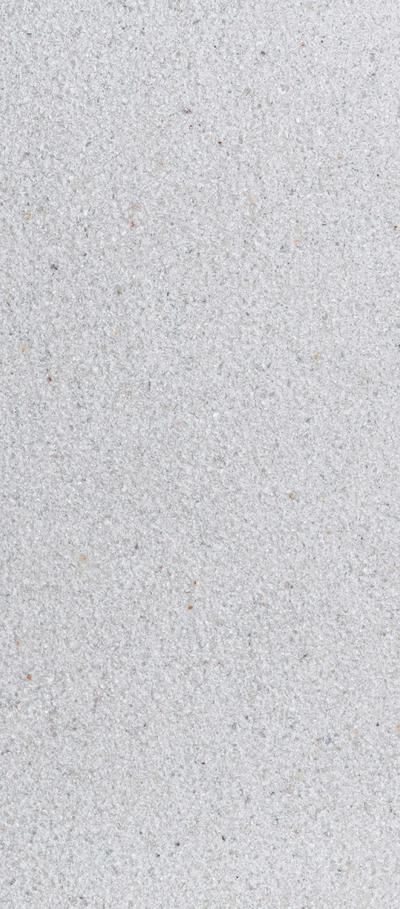
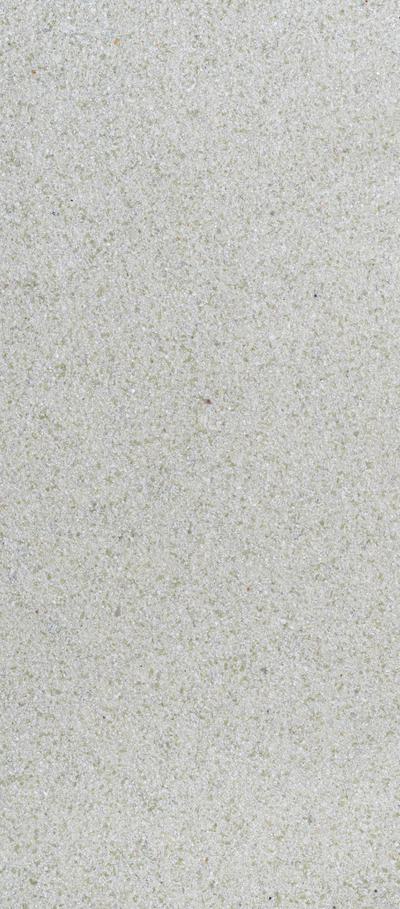
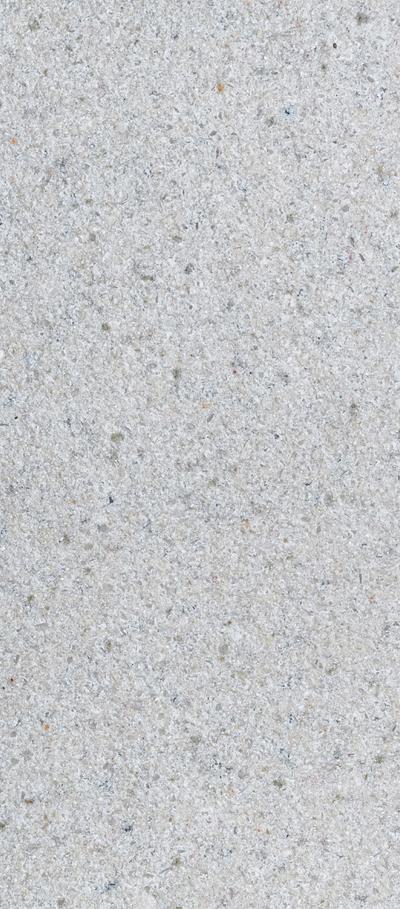
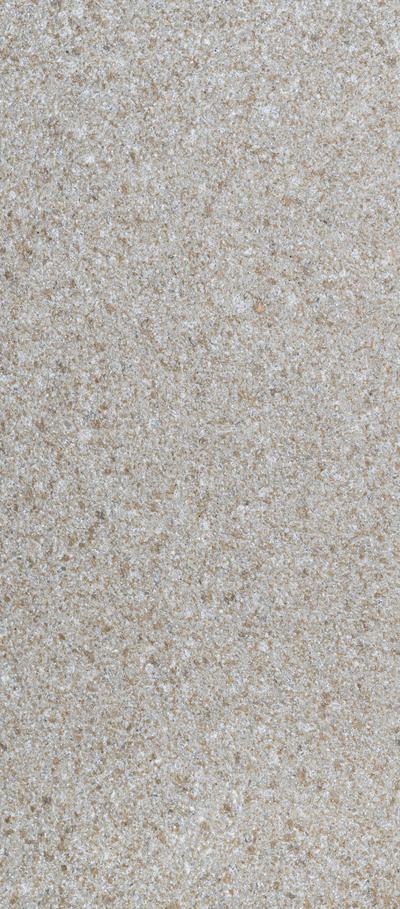
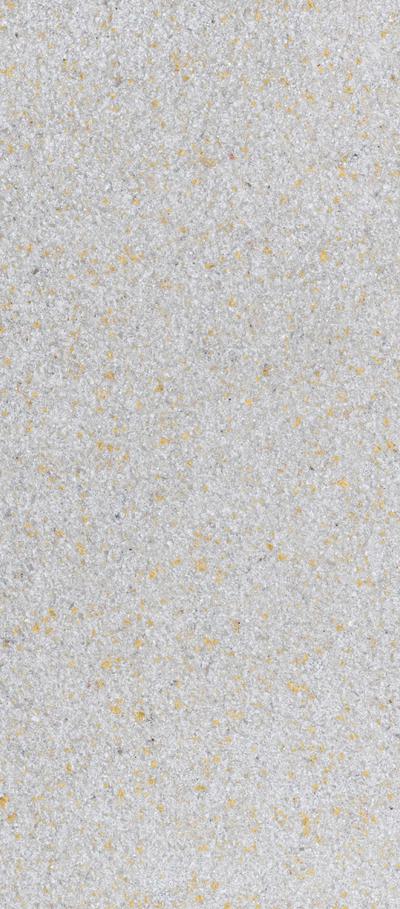
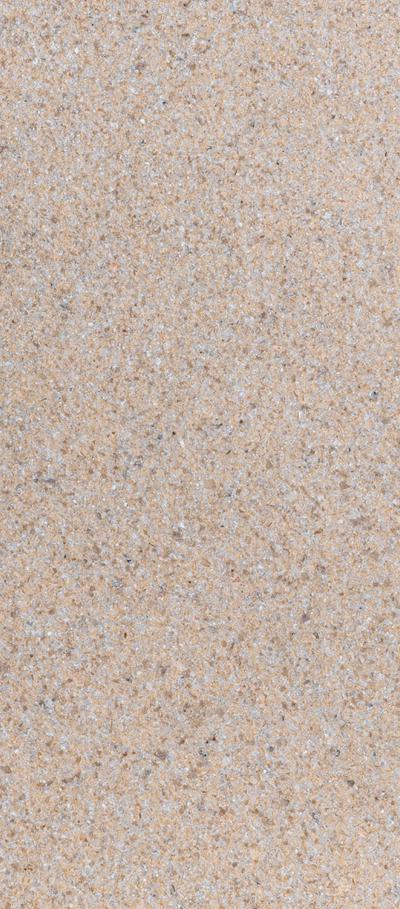
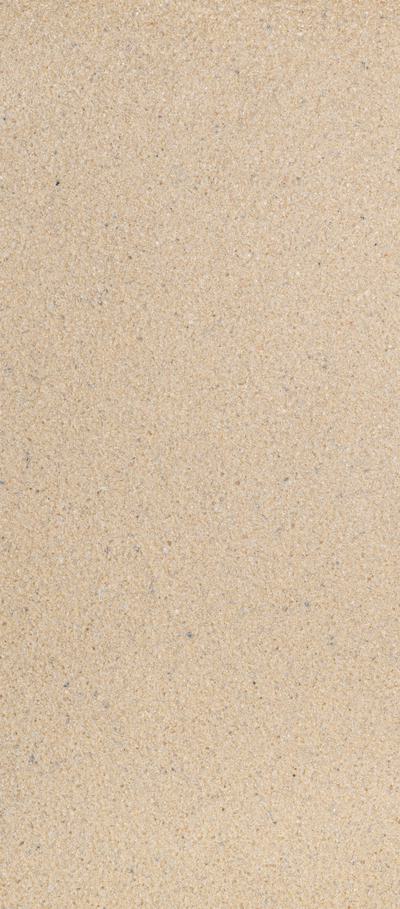
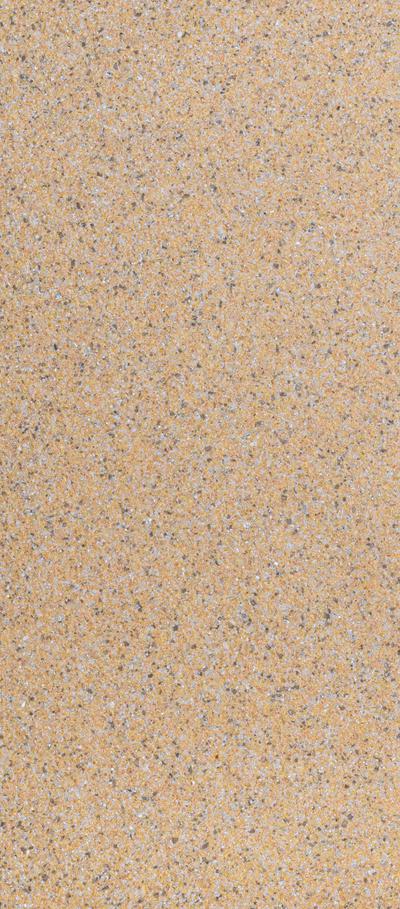
Collections
Superior Materials of Catch Basin Grates
At Jonite, the sump and maintenance hole covers deliver next-level performance with impressive durability. These grates include advanced hybrid polymers and 95% natural aggregates. A reinforcement with treated steel frames supplies incredible impact strength, and their load-bearing performance complies with BS EN 124:2015 and 1433:2002 standards for wastewater and drainage coverings in pedestrian and vehicle areas.
As a Singapore Green Building Project leader and proud member of the U.S. Green Building Council, Jonite makes products that hold up to numerous sustainability standards. About 30% of the design includes recycled materials, making for a sustainable manufacturing process. Jonite is the top choice if you’re looking to choose high-quality grates with a positive environmental impact.
Optional Customisation
Frequently
Asked Questions
Are Jonite sump covers slip resistant?
Jonite sump covers are slip resistant. We have conducted Pendulum and Ramp tests on our products to make sure they meet industry standards for slip resistance. With a class V on the Pendulum test and an R10 on the Ramp test, Jonite can handle most locations and applications.
Can Jonite sump covers be used in a driveway situation?
Sump covers are omnipresent in driveways and similar to its trench grate counterparts, Jonite sump covers can go up to D400 (400KN) Load Class. Jonite high-performance standard models come in a wide range of sizes.
Can sump covers be used as replacements for trench grates?
This depends on several factors such as gradient and drainage requirements of a site. For certain cases which requires a massive dispersion of water from a wider area, linear drains might be more suitable. Sump covers can also be used in conjunction with trench grates for more drainage.
Can the size & colour of Jonite sump covers be customised?
Similar to the trench grate, the customisation process is the same.
What is the difference between a sump cover and trench grate?
The most significant difference is that a sump cover is designed for point drainage systems while trench grates are used for linear drain systems. In most cases, point drainage is more inexpensive as you use fewer grates.
Are Jonite products sustainable?
Jonite commits to environmentally sustainable practices. We actively manage our energy, water, and waste with the future in mind. They use at least 30% recycled aggregates, which reduces carbon emissions by up to 80%.
Jonite products are also Singapore Green Building Product (SGBP) certified (4 ticks, leader). This means that designers can score additional points under the Functional Systems Criteria (Flooring, Ceiling, Roof, External Wall, Internal Wall and Door systems) and/or Singular Sustainable Products outside of Functional Systems Criteria. This ensures that sustainability is integrated throughout the design and manufacturing process of green building products.
Do Jonite products contain silica?
Jonite has worked hard to ensure their products contain less than 1% silica, which has been accepted by SafeWorkNSW. It is rare that a Jonite product will need to be cut on site. If so, it has to be done with correct PPE.













